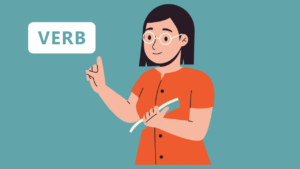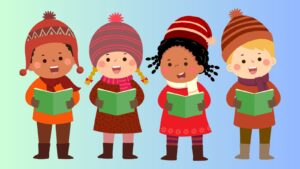Collocations Activity – Scavenger Hunt
Texts of different genres will have different distributions of collocations. This activity requires students to look through a text to find different types of collocations. Not only does this raise their awareness of collocations in general, but it also informs them about specific types of collocations that can be expected to occur in texts of certain genres.
Preparation
To prepare for this activity, go over your text and make a scavenger hunt sheet listing the common types of collocations that occur in the text. You can allow for multiple examples of each one, e.g. three N + N collocations, five V + N, etc. (see sample below). You can also include a column on the sheet for point values of each collocation. You may want to keep it simple and just award one point for each collocation found or you could establish a point value based on how frequently the collocation appears. For example, in many genres of writing, Adj + N collocations are very frequent, so you could award just one point for each one found. On the other hand, Adv + Adj collocations usually appear less frequently so you could award two, three, four, etc. points for each of those.
The collocations activity
When you are in class, you should have the students deal with the text for meaning first. Then, put students in pairs or small groups and give one copy of the scavenger hunt sheet to each pair/group. Make sure they understand how the activity and the scoring work. Then get them started by asking them to search through the text and when they find a collocation of a particular type they should write it in the appropriate space on the sheet. Once you’ve decided that the students have had enough practice, you can stop the activity and get the groups to change papers to check and score their classmates work. After the papers have been checked and scored, elicit the scores to find out who won. Then ask them about the collocations distribution for the text, i.e., which were most/least prominent.
Wrapping up
To wrap up, have each pair/group discuss which of the collocations that they feel they should remember because they seem most useful. Get some feedback. You could even ask the students to summarize the content of the text using some or all of the collocations they found.
You can also use a collocations scavenger hunt outside the class. Use a generic scavenger hunt sheet and give a copy to each pair or small group of students. Then set them free in the school, or if possible, in the big world outside the school. You will need to establish the parameters of the hunt. For example, if the idea is to notice collocations in the environment, it’s probably best to not allow them to pick up printed material like a newspaper or magazine as they could easily complete the activity with just that. Once back in the classroom, elicit some of the collocations they found and have them discuss in their groups which of their collocations would be the most useful to remember and why. This outside scavenger hunt is a great way to raise awareness of collocations outside the classroom and to encourage autonomous learning.
Download Here
For more collocation activities, check out the Teaching Collocations e-book at www.kenlackman.com




